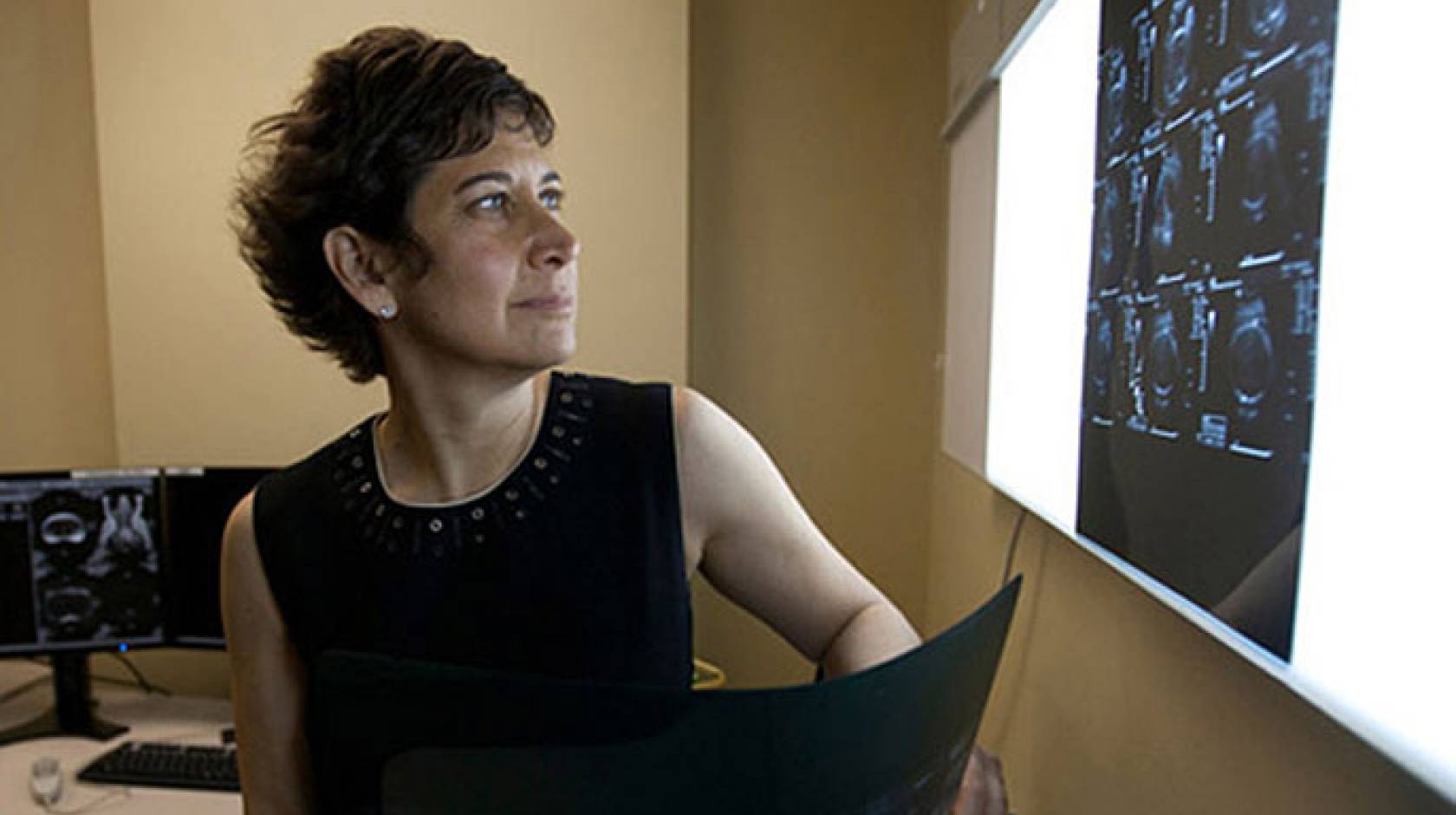Alec Rosenberg, UC Newsroom

The University of California has taken great strides toward increasing quality and decreasing costs across its medical centers, from reducing blood clots to preventing falls to decreasing hospital readmissions.
To thrive as a system in this dynamic environment, UC Health will need to ramp up such collaborations, speakers said at the UC Center for Health Quality and Innovation’s third annual colloquium, May 2 at the Oakland Marriott City Center.
About 320 people attended the colloquium, whose talks can be viewed on UCTV beginning May 16. Speakers included innovation center leaders, grant recipients and collaborators as well as the head of a leading health care software company and the chair of the state Senate Health Committee.
The colloquium highlighted UC efforts to expand innovations across the system, build partnerships and break down silos amid trends that reinforce the urgency of working together to transform health care.
With 17 professional schools and five academic medical centers (Davis, Irvine, UCLA, San Diego and San Francisco) that have combined revenue of $7.5 billion a year, UC has significant scale as a health system. To leverage that scale, UC’s medical centers have increasingly been working together as a system, from contracting to reducing expenses to improving clinical performance, said Dr. John Stobo, UC Health senior vice president.
UC Health wants to “do the right thing for the patients we serve” and build on the strengths of its nationally ranked medical centers to be known for providing more affordable, more accessible, safe, quality health care, Stobo said.
Tackling the 'triple aim'
UC’s innovation center, launched in 2010, has funded about 50 grant and fellow projects from throughout UC Health and convened systemwide collaborations from fetal treatment to heart surgery. The center supports innovations at UC medical center campuses and hospitals that seek to achieve the “triple aim” of better patient care and better population health while better controlling costs of care.
“UC Health is leading efforts to reduce variations, reduce costs and produce better outcomes,” said Karyn DiGiorgio, interim director of the innovation center.
Take, for example, the UC Cardiac Surgery Consortium, which has focused on four major areas, compared data and worked to develop evidence-based best practices.
“We were already providing very good care, and we’ve been able to improve upon that,” said Dr. Michael Madani, UC San Diego chief of cardiovascular and thoracic surgery.
“Coming together has made a real difference,” added Dr. Jeffrey Milliken, UC Irvine chief of cardiothoracic surgery. "Each of us got better."
Overcoming obstacles
Working together can be challenging. UC campuses have different priorities, different structures and serve different populations.
"Change is never easy,” said Terry Leach, the innovation center’s past executive director. "But you can learn from the innovators before you, and they're eager to share what they've learned."
Indeed, obstacles can be overcome, grantees said. Keys include building relationships, forming multidisciplinary teams and gaining leadership support.
“The leadership has to buy in,” said Catherine Walsh of UCLA, who leads an innovation center-funded project that has reduced hospital falls at UCLA and is working to expand it to other UC medical centers.
UC San Francisco's Dr. Rebecca Smith-Bindman leads the UC DOSE project to optimize and standardize computed tomography radiation doses for patients across UC medical centers. She organized a two-day retreat last month to bring together radiology decision-makers from each of the five UC medical centers. The retreat helped build trust, as participants could see the data showing variation in radiation doses and discuss low-dose protocols, she said.
“My concern is quality,” Smith-Bindman said. “The issue is very important to our patients.”
Tapping technology
UC Davis' Dr. Elisa Tong leads the UC Tobacco Cessation Network, an innovation center-funded project that targets tobacco use and exposure — the No. 1 cause of preventable death. UC medical centers see about 125,000 smokers a year, and the network aims to reduce that number by using electronic medical records to address tobacco use and exposure at every clinical encounter, she said.
“This is something that can improve efficiency, patient care, quality, outcomes and it will improve return on investment,” Tong said.
Speaker Carl Dvorak, president of electronic health records vendor Epic Systems Corp., said the next frontier of health care innovation is mobile phones. It’s important for health providers to make things as convenient as possible for patients, such as offering mobile billing, payments, appointment scheduling and prescription refills, he said.
“Patients will wonder what’s wrong with you if you don’t offer these in five years,” Dvorak said. “It’s going to be the price of admission.”
Containing costs
Another key issue is implementation of the Affordable Care Act. As of April 17, nearly 1.4 million Californians had signed up for health plans through the Covered California exchange while 1.9 million people newly enrolled in Medi-Cal. UC Health has partnered with Anthem Blue Cross to offer Californians access to UC’s medical centers and physicians for in-network health care on the exchange.
“California has done an incredible job with health care reform implementation,” said state Sen. Ed Hernandez, an optometrist who chairs the Senate Health Committee. “But if we are going to be successful, we have to ensure there is cost control.”
Hernandez said he plans to hold hearings on how to contain health care costs.
UC Health has been focusing on ways to reduce costs. In March, UC announced that its five medical centers will collaborate as a system to save in the range of $100 million to $150 million a year. The “Leveraging Scale for Value” project will focus initially on three areas: supply chain, revenue cycle and clinical laboratories, Stobo said.

